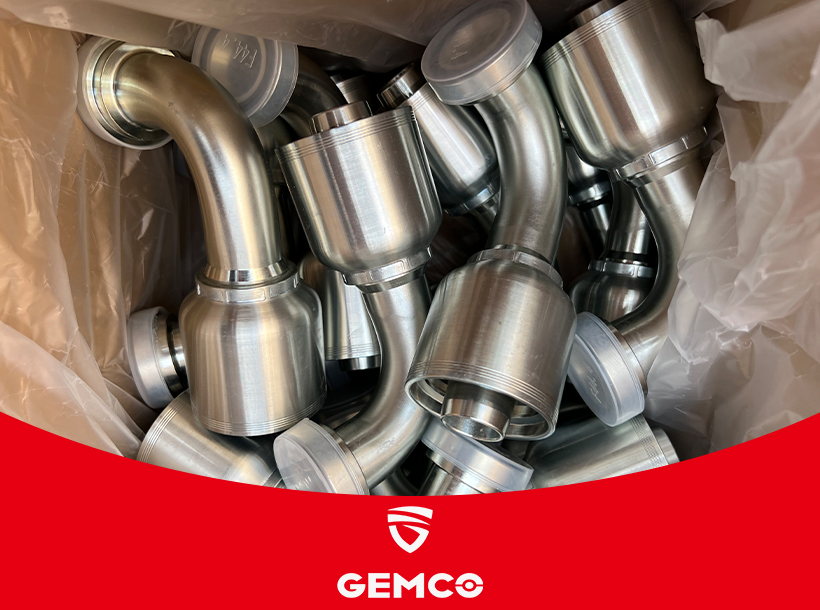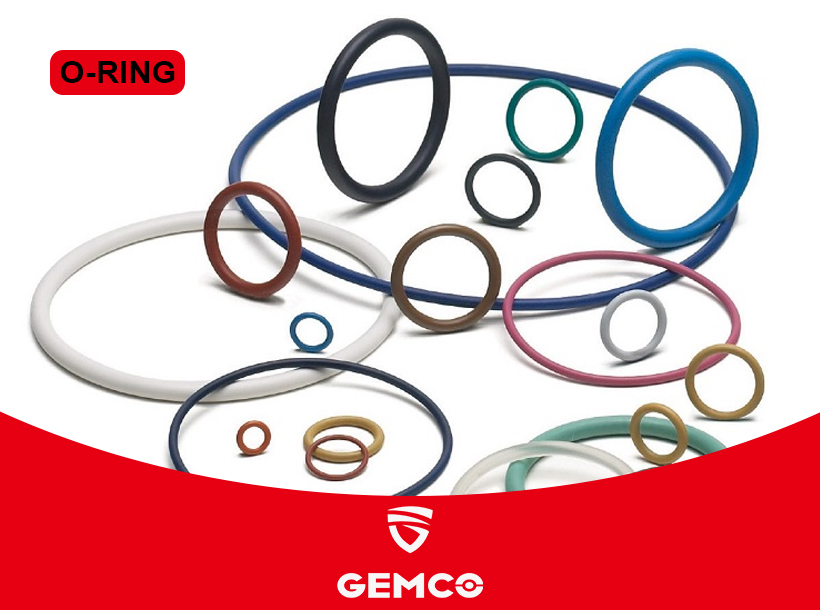In order to ensure the airtightness of the KHB ball valve during use, we will replace the sealing material inside the ball valve according to the customer’s different use environments or customer’s requirements, so that the ball valve can ensure its airtightness in different working environments and improve its safety
Common sealing materials for high pressure ball valve
Fluororubber
The difference between FPM and FKM is only the name: FPM (according to DIN/ISO standard) and FKM (according to ASTM standard).
Fluororubber is high temperature-, weather-, ozone- and chemical-resistant. The temperature range is -20°C to +200°C, briefly reaching +250°C.
FKM is highly resistant to almost all hydraulic fluids based on mineral and synthetic oils, as well as ozone, oxygen, fuels, aromatics and many organic solvents and chemicals. FKM needs to be used in hot water, steam and low temperature. Its application requires special material due to low cold flexibility, resistance to hot water and steam. FKM is also not resistant to polar solvents such as propanol, glycol-based brake fluids, ammonia gas, alkalis and low molecular weight organic acids (formic and acetic)
When customers use high-pressure ball valves in high-temperature environments, we will consider the applicability of sealing materials
If the temperature exceeds +130°C, we usually advise customers to replace the sealing material inside the KHB high pressure ball valve with FKM/FPM material, so as to avoid leakage or even safety hazards during use

O-Ring fittings
Nitrile Butadiene Rubber
The abbreviation of nitrile rubber is NBR (Nitrile Butadiene Rubber). NBR, wiith good resistance to most oils and greases based on mineral oils, is the most commonly used material in sealing technology. the operating temperature is typically between -30°C and +100°C, briefly up to +130°C; NBR hardens at higher temperatures. In addition, NBR has good aging-resistance and wear-resistance
NBR is resistant to hydraulic oils, water glycols, oil-in-water emulsions, mineral oils, mineral oil products, animal and vegetable oils, gasoline, heating oils, water up to approx. +70°C, butane, propane, methane and ethane. NBR swells violently in aromatic hydrocarbons such as sodium bicarbonate, e.g. benzene, esters of chlorinated hydrocarbons such as trichloroethylene, polar solvents such as acetone and glycol ether based brake fluids
PTFE
Due to its excellent chemical, physical, thermal and electrical properties, PTFE is widely used in different industrial fields. The pure form of the material is harmless to humans and complies with FDA regulations.
The operating temperature is between -200°C and +260°C (briefly up to +300°C). PTFE has an extremely low coefficient of friction, yet has properties such as cold flow, pressure resistance, and low wear.
PTFE is resistant to virtually all organic and inorganic chemicals (except elemental fluorine, fluorine-halogen compounds and alkali metal melts under pressure or in high temperature). PTFE is stable at room temperature and contact with aggressive media does not alter the material properties.
The above are the common sealing materials, which are also the different high-pressure system solutions we give according to the different situations. We will analyze according to the use environment of different products, and replace the corresponding sealing materials, so that our high pressure ball valves or one-pieces and other products can better meet customer’s requirements and adapt to harsh working environments.
Gemco provides high-pressure ball valves, hydraulic fittings and other hydraulic connectors with good sealing performance of different sealing materials, welcome to consult.
 GEMCO website logo
GEMCO website logo
